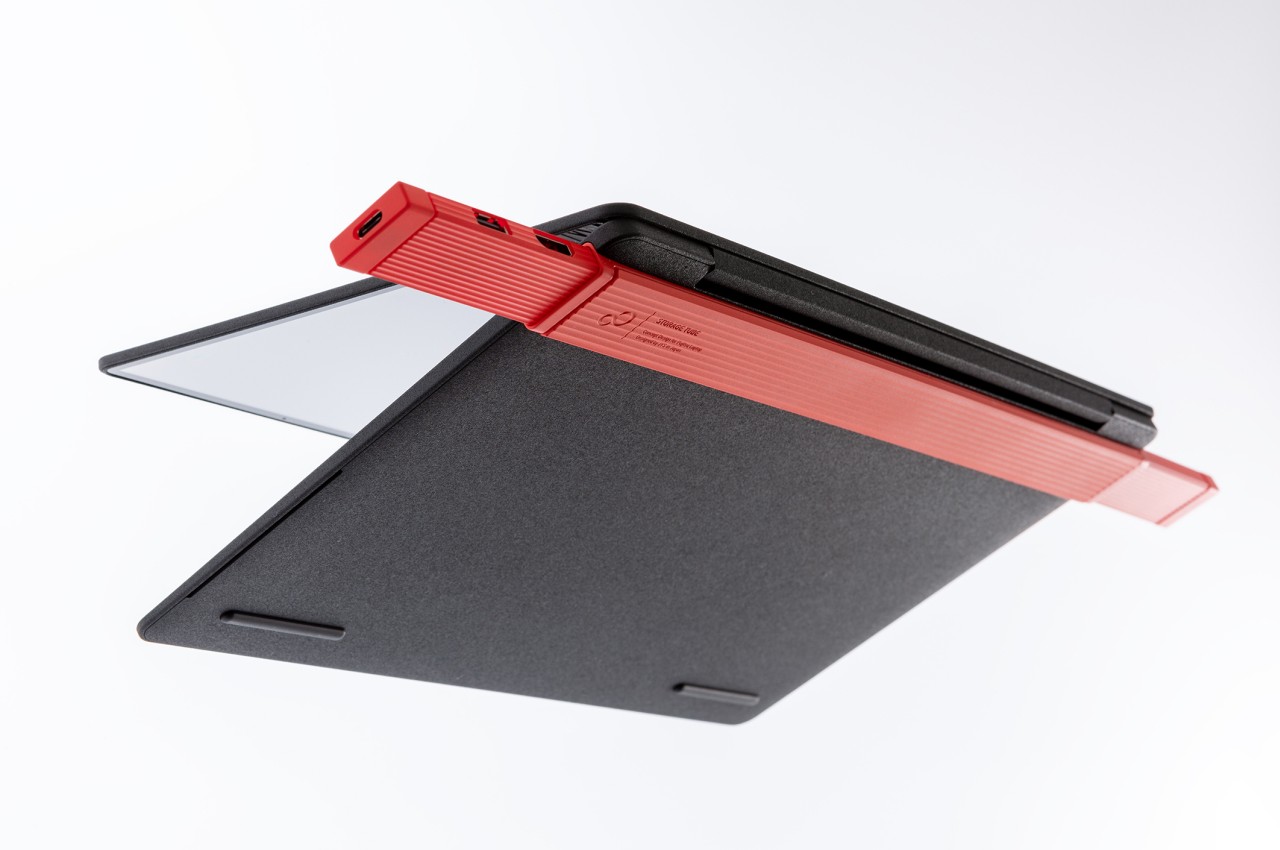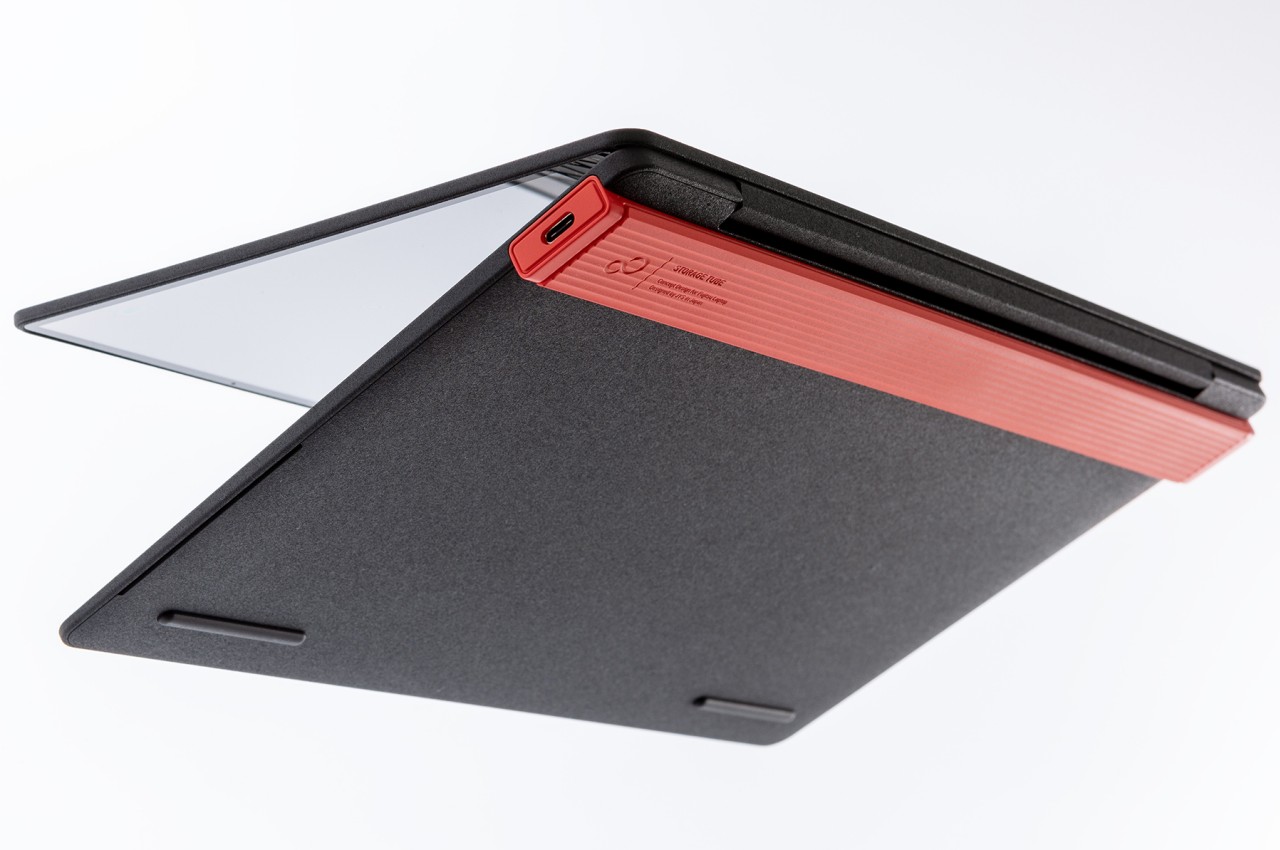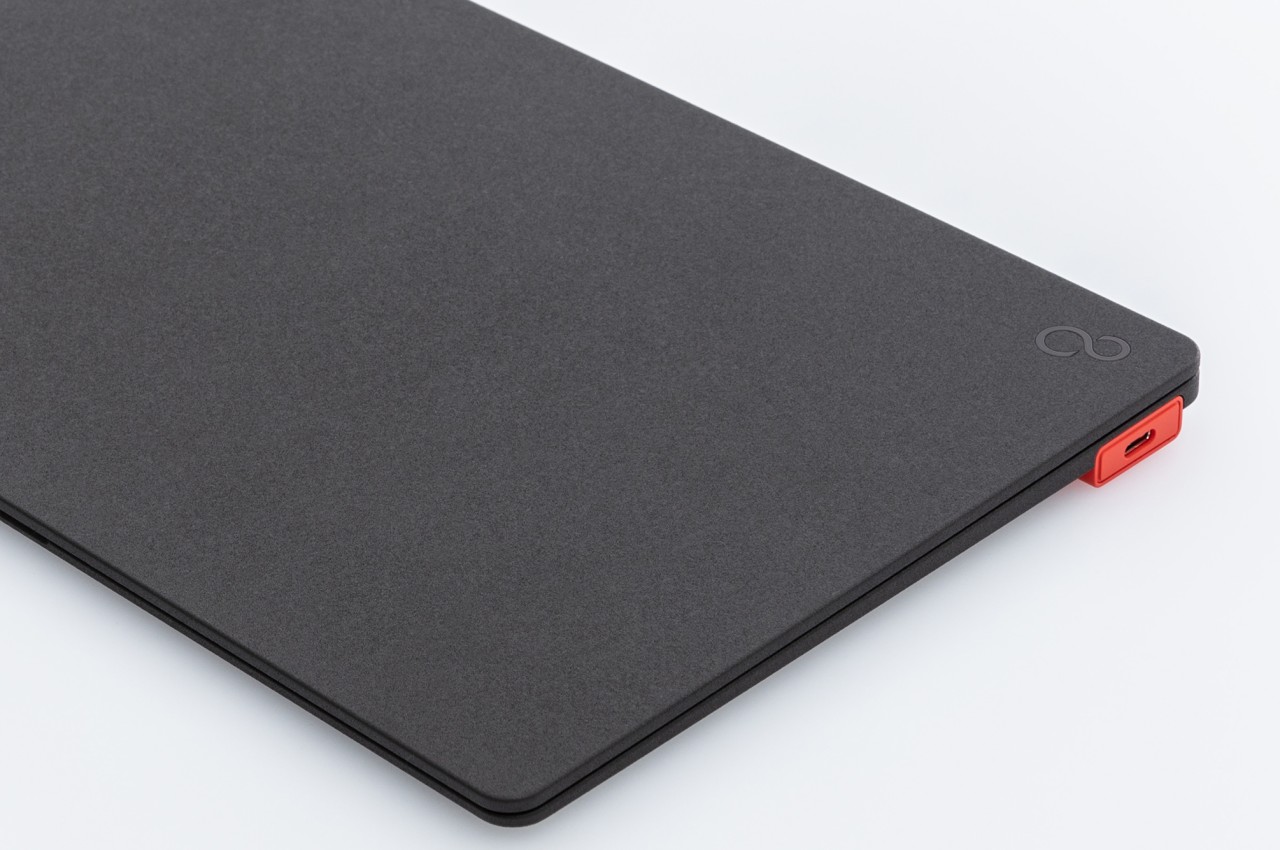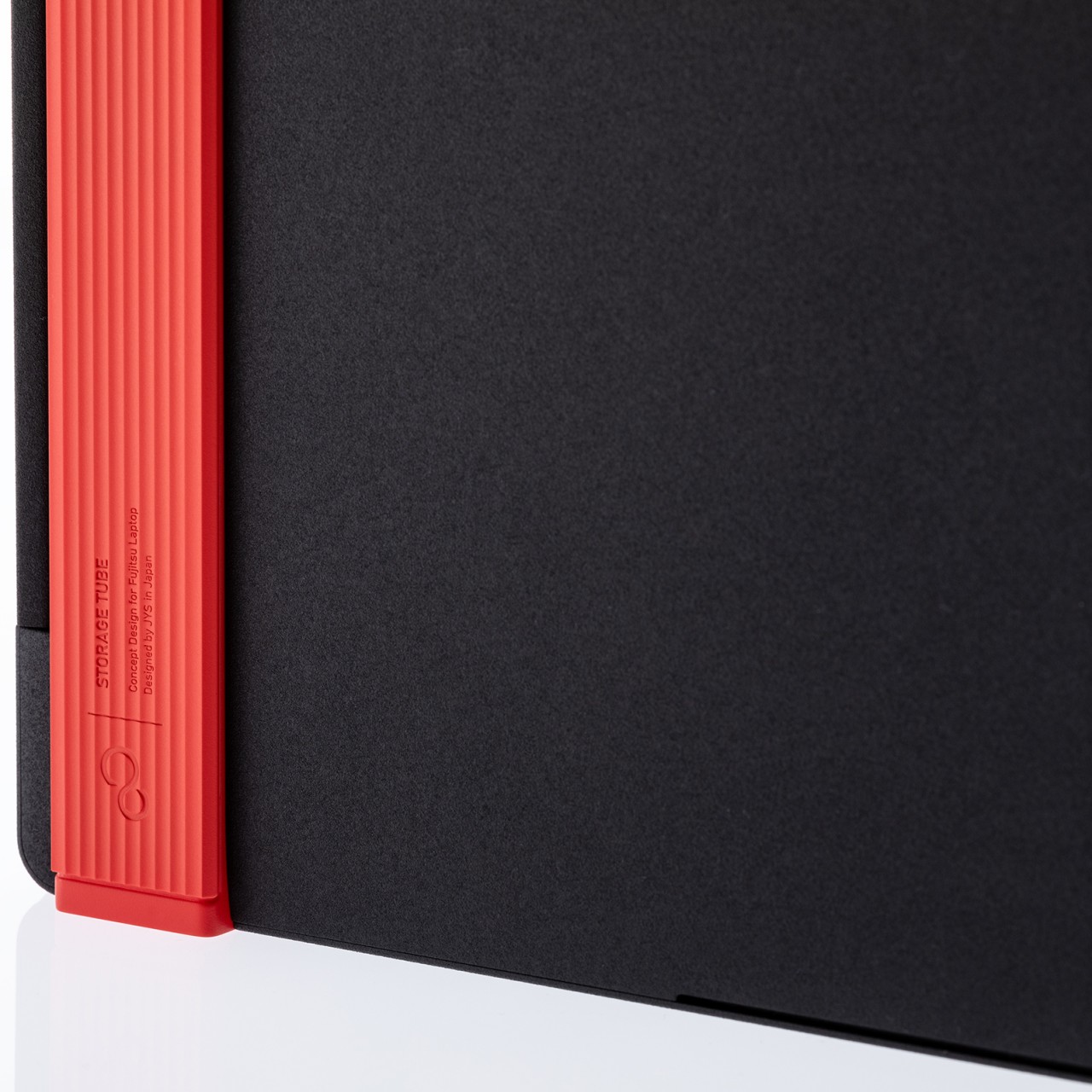
If you dream of having a smart home, then filling it up with excellent IoT gadgets is key. People prefer IoT devices today as they help them create an automated home that requires minimum interference and actions on their part. The range of IoT devices is truly quite remarkable today from smart shades that lift themselves to exceptional security cameras that ensure complete safety in your home. We’ve curated a collection of smart, well-designed, and easy-to-use IoT devices that will make your home a smooth automated haven. From IoT devices that help you stay connected with your pets while you’re away from home to the Frame Wall Pad, a full-screen touch system with Korean elegance – we have a whole range of exciting gadgets for you.
1. The Frame

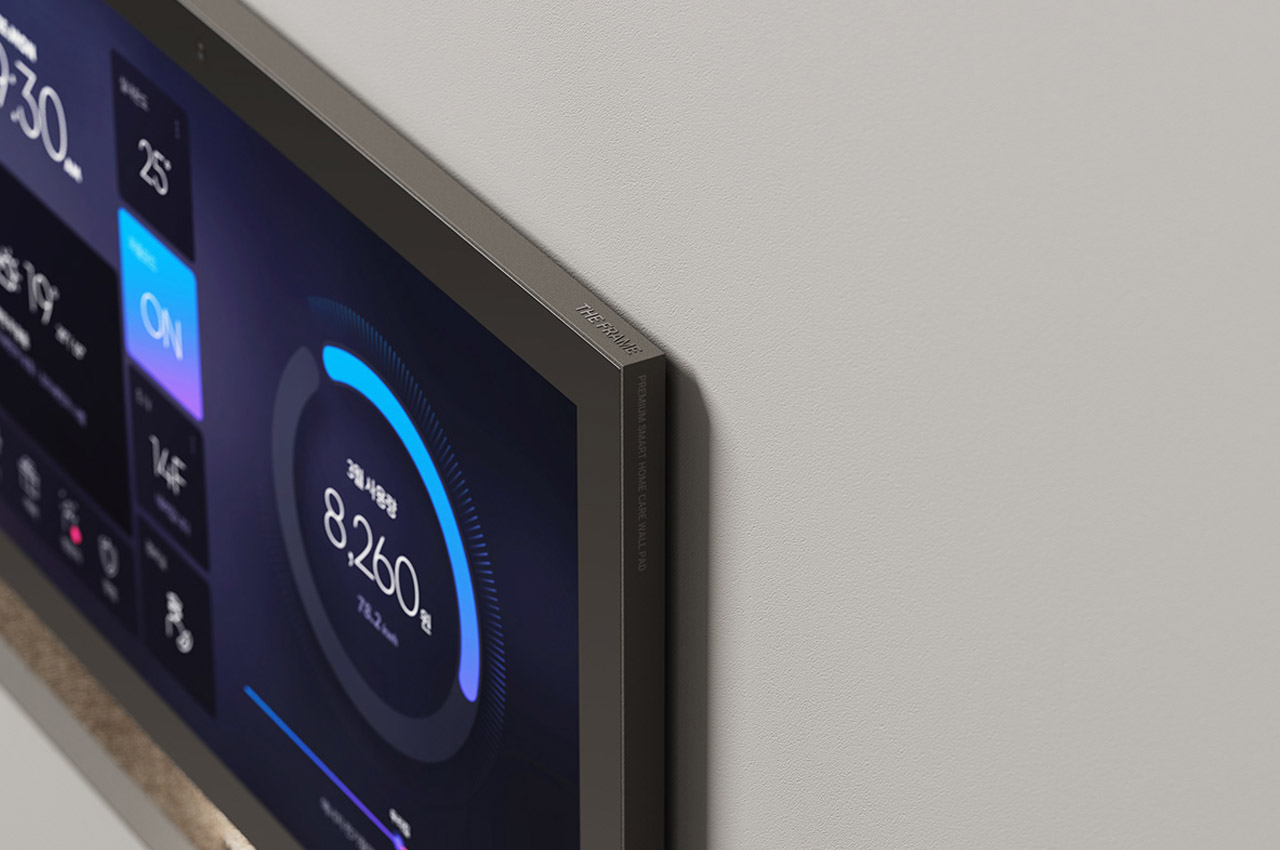
Called the Frame, this impressive full-screen touch system is designed for Kocom, a renowned Korean smart home appliance company. The unique wall pad is designed to redefine and elevate the smart home experience with complete comfort and convenience.
Why is it noteworthy?
Frame’s impressive full-screen touch system differentiates it as a sophisticated and user-friendly centerpiece on the wall of any home. Its functionality and impeccable design set it apart from other systems on the market.
What we like
- Serves as an embodiment of elegance, and technological advancement
What we dislike
2. SwitchBot Curtain 3

Called the SwitchBot Curtain 3, this simple robot can be attached to any curtain rod within 30 seconds, transforming your regular curtains into smart ones that can control your phone. You can smoothly operate the robot with shortcuts or voice commands.
Why is it noteworthy?
The SwitchBot Curtain 3 is currently in its third edition and features a new DynamiClamp design that lets it work on a large range of curtain rods and tracks, moving curtains the way you’d see them in five-star hotels.
What we like
- Super easy to install, and can be configured in multiple ways
- The DynamiClamp design lets the Curtain 3 be navigated in different kinds of rod designs
What we dislike
- You need SwitchBot Hub for Voice Control feature
3. Mui Board Gen 2
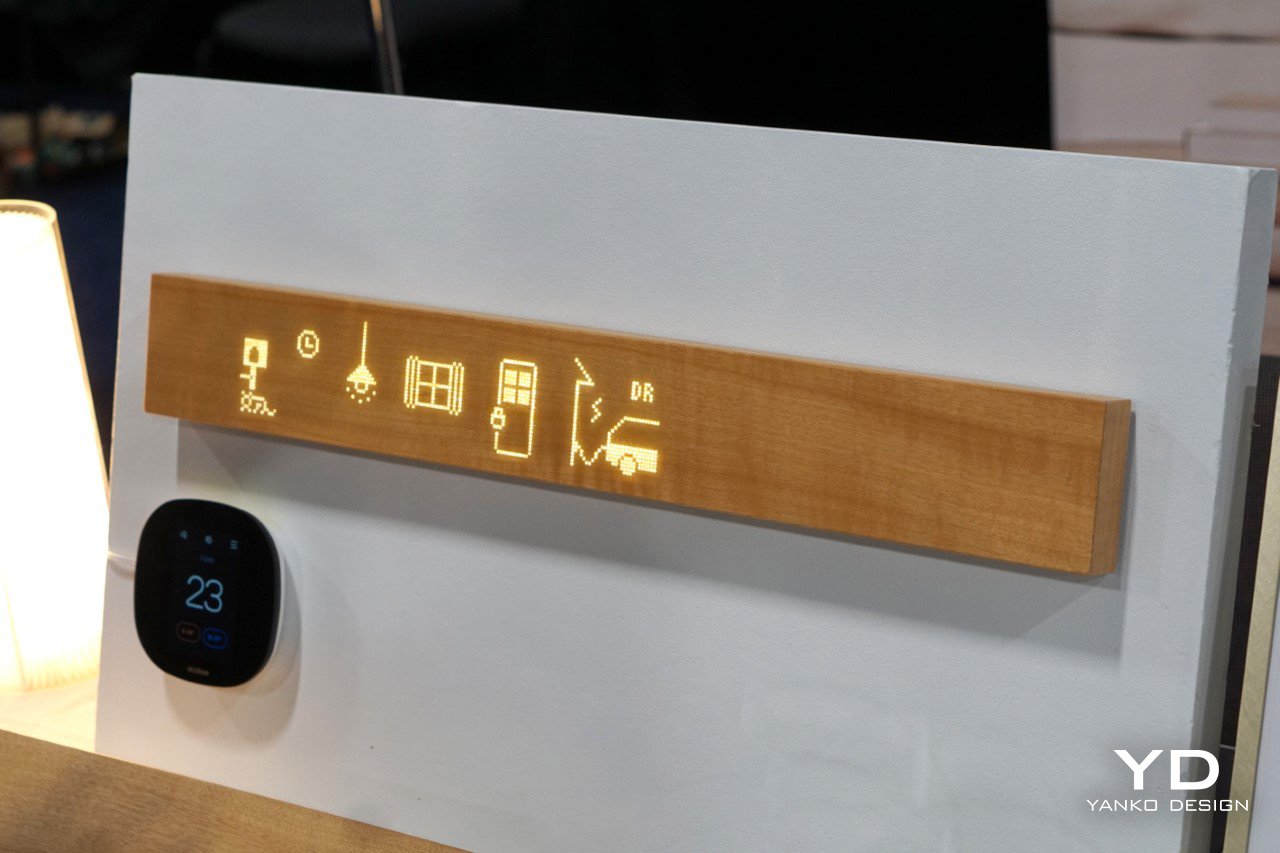
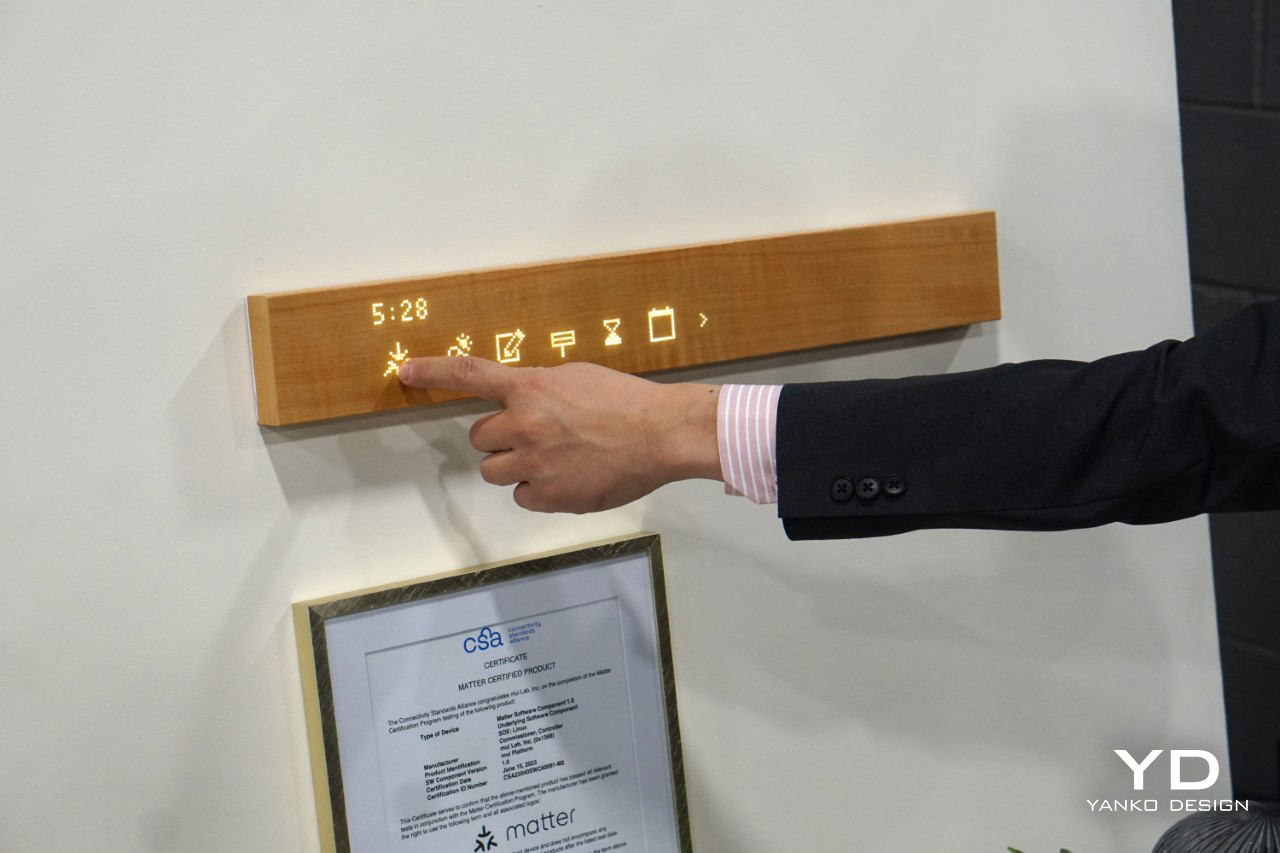
Called the Mui Board Gen 2, this gadget looks like a simple piece of timber at first glance, but it converts into a touch-sensitive interface for controlling various aspects of a smart home. You can adjust your lighting, curtains, thermostat, and speakers with a simple tap on the wooden surface.
Why is it noteworthy?
This second-gen Mui Board features a new Matter networking protocol, allowing compatibility with smart devices from Apple, Google, and Amazon. This integration offers easy connectivity and elevates the board’s appeal.
What we like
- Features ChatGPT integration via APIs
What we dislike
- Looks could have been worked upon, to make it more appealing
4. Arpobot Smart Shade
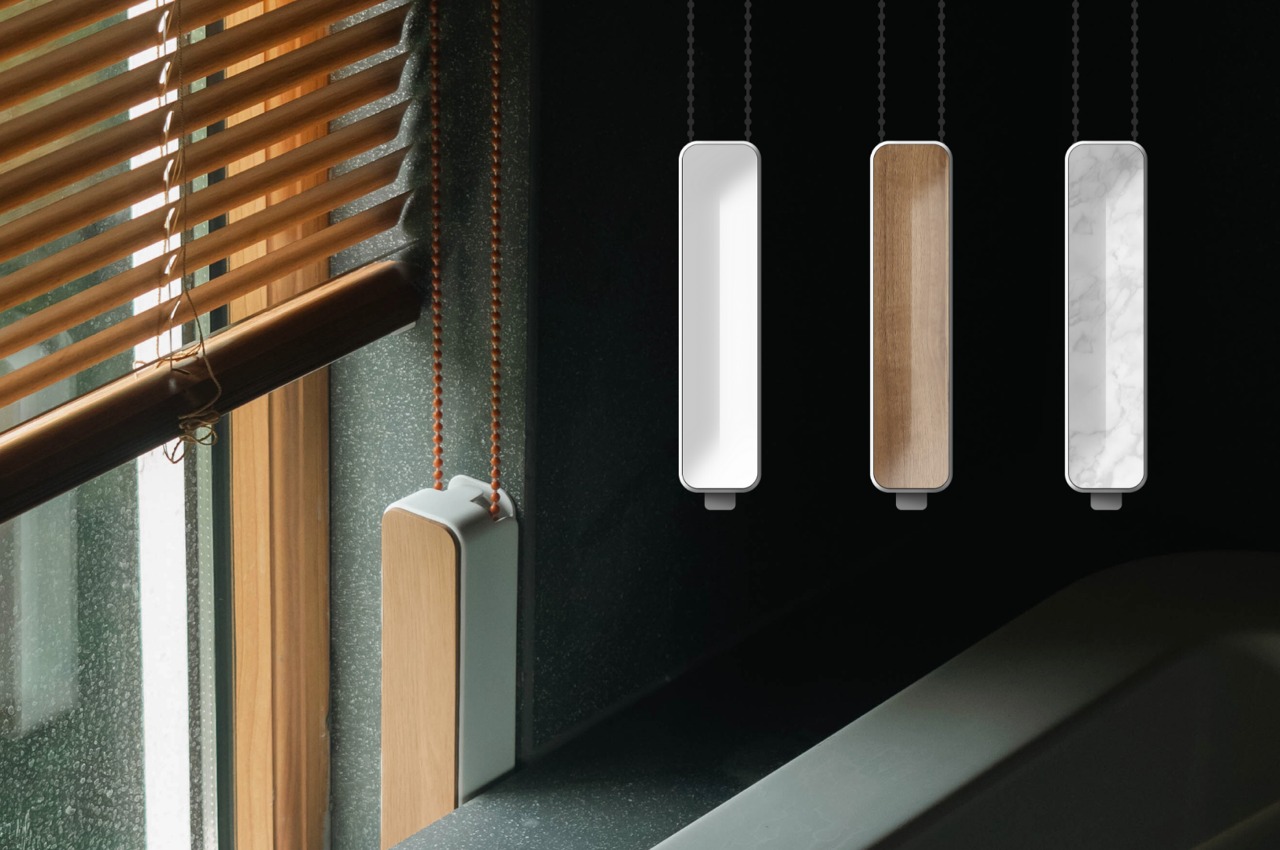
The Arpobot Smart Shade is a Matter-compliant IoT accessory that is designed to work with almost every chain-operate blind and shade. It can transform your analog blinds into voice-activated automatic ones.
Why is it noteworthy?
You can just snap the Arpobot Smart Shade in place, and it will start working without needing extra hubs or separate apps…just your Apple/Google/Amazon smart home platform.
What we like
- Easy to install
- Minimalist design that blends well into almost every interior space
What we dislike
- Hefty price tag
5. Migo


Migo is short ‘for amigo’, and it means friend in Spanish. The various components of Migo communicate and connect via Bluetooth, allowing owners and their dogs to interact remotely.
Why is it noteworthy?
The main appeal of Migo is the collar which has its own tracking system, temperature sensor, heart rate monitor, audio output, and an LED flashlight. It allows owners to have eyes on their dogs at home, through the camera unit that functions as a traditional surveillance camera.
What we like
- The camera has a speaker, so owners can speak to their dogs
What we dislike
- It’s currently a concept, so we don’t know how well it would translate into a tangible product
6. SwitchBot Bot
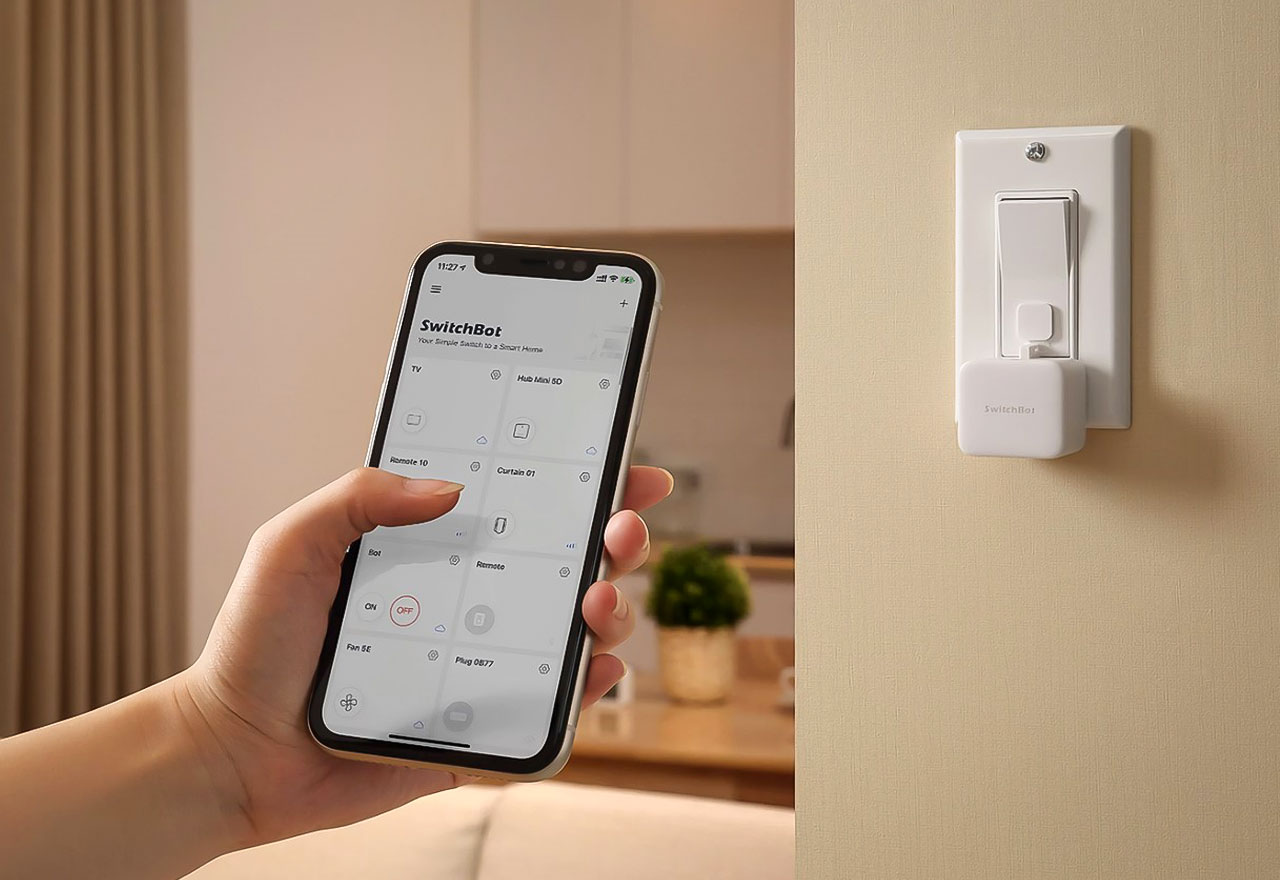
The SwitchBot Bot is designed to automate products that aren’t originally smart. Called the ‘Button Pusher’, this IoT gadget can stick to switchboards or appliances, pushing buttons and switches with a plastic flipper so you don’t need to.
Why is it noteworthy?
The Bot is a simple and efficient approach to enhancing homes and lives. It can turn simple products into remote-controlled ones that can be operated via an app, voice commands, smart home setups, or IFTTT routines.
What we like
- Automate switches that aren’t designed to be smart
- Economical than upgrading to a smart appliance
What we dislike
- Needs SwitchBot Hub for Voice Control and Smart Home configuration
7. ecobee Smart Doorbell Camera

The ecobee doorbell camera records in 1080p to offer “enhanced low light vision”, and utilizes a 175-degree vertical field of view, allowing you to see everything clearly from the floor to the sky.
Why is it noteworthy?
It allows the viewer on the opposite side of the doorbell camera to see any packages being dropped on the porch, or in more dangerous cases, identify any potential threats that they may present on the opposite side of the door.
What we like
- Features a slick outward appearance featuring a machined glass front panel surrounded by aluminum alloy
What we dislike
- You need a subscription to ecobee Smart Security, which connects all ecobee security devices
8. Bownce


Bownce calls itself “the first IoT ball of its kind”. It is a small ball designed to get you sweating, and training your muscle groups with the help of technology. It has a compact size, accentuated by integrated electric components.
Why is it noteworthy?
It is quite small, and easy to install, allowing you to bring it to your office, backyard, or whichever room in your home you feel most comfortable in. It’s also not intimidating for newbies who want to start punching stuff.
What we like
- It has integrated electric components, allowing you to track your performance
- The connecting app logs your punches and gives you real-time updates and statistics
What we dislike
- Not sure how it can replicate an actual punching bag
9. SwitchBot Smart Lock

The SwitchBot Smart Lock is created to fit over standard single deadbolt locks, automating it, and allowing you to open it using an app, Bluetooth, proximity, or even voice commands. The device has a motor that can either lock or unlock it.
Why is it noteworthy?
The lock connects with the SwitchBot app via Bluetooth and can work with your Apple Watch as well. It also pairs with the Hub for WiFi-based connectivity, and you can control it using your voice.
What we like
- It is protected by 128-bit AES encryption
- Can be configured with your smart doorbell to open for approved people
What we dislike
- The battery lasts for 6 months
10. Bird Buddy
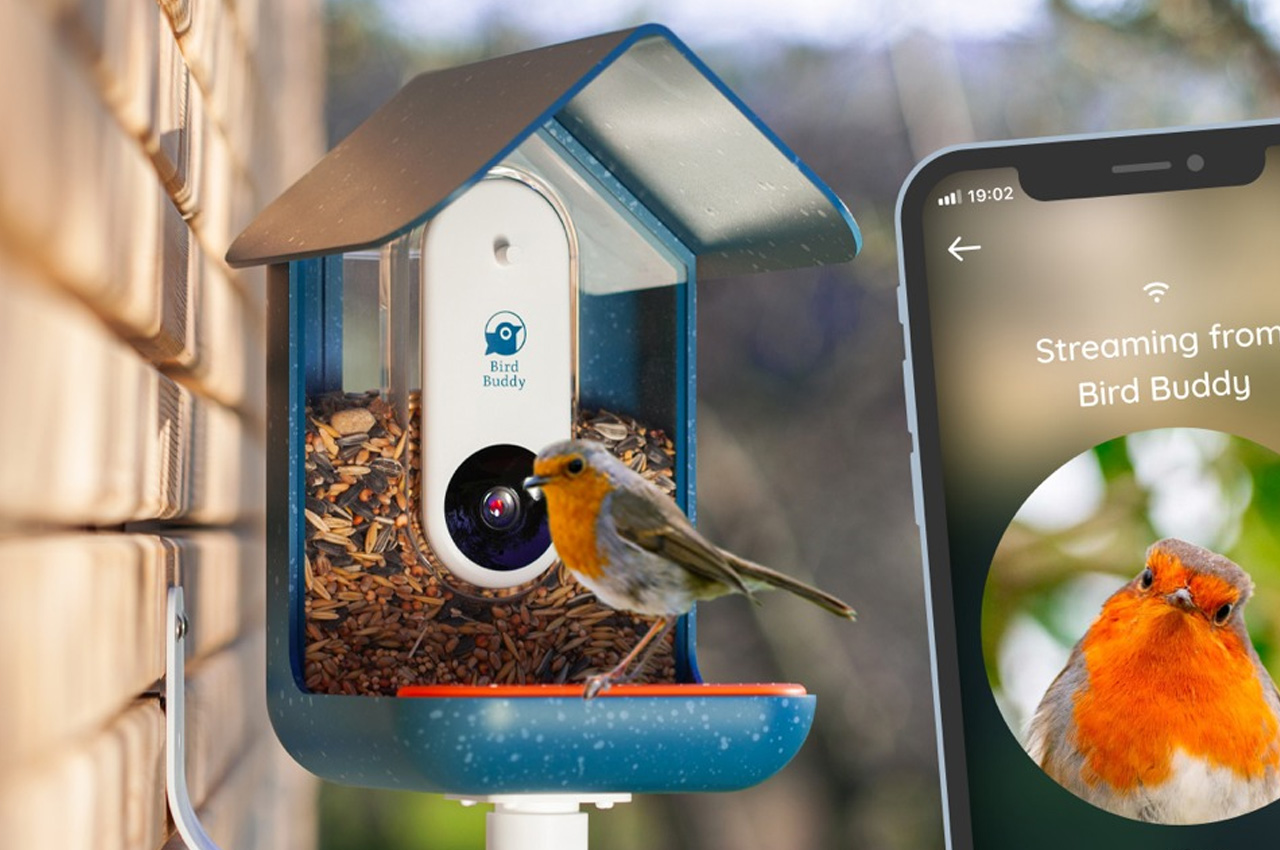
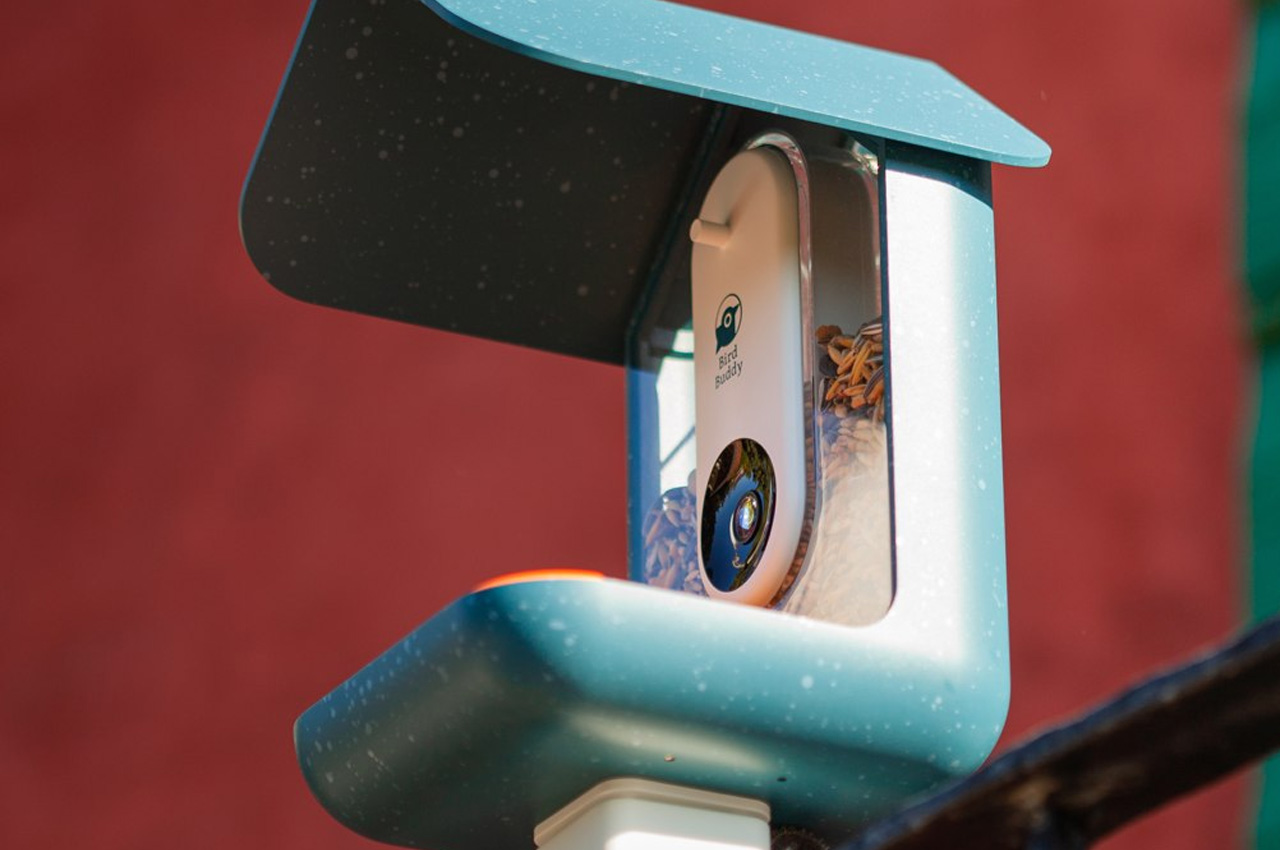
Called the Bird Buddy, this AI-powered bird feeder captures videos of any birds that make it to your garden or porch, streaming their faces to your phone, alongside a notification when they show up. The feeder features a camera in the front, which captures the bird as closely as possible.
Why is it noteworthy?
The Bird Buddy’s AI identifies the birds for you as well, maintaining a record of the birds that visit, along with their pictures, in case you don’t make it to your porch in time with the DSLR.
What we like
- Weather-proof feeder
- Features a modular design, allowing you to snap the camera attachment off and take it indoors for charging
What we dislike
- Has a low battery life
- The Bluetooth camera pairing process is a bit buggy
The post Ten of the Best IoT Devices To Create A Smart & Cohesive Home Environment first appeared on Yanko Design.

